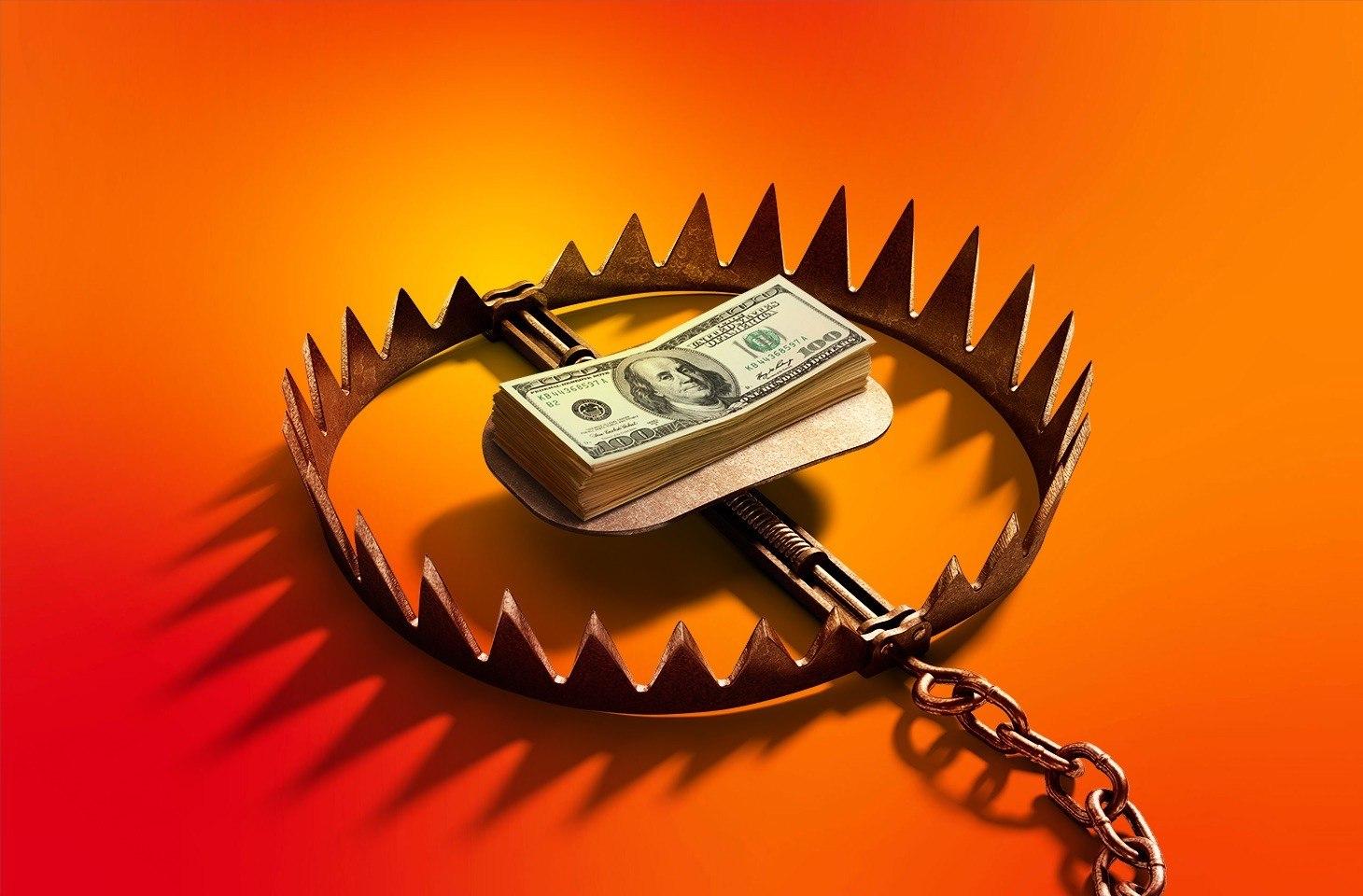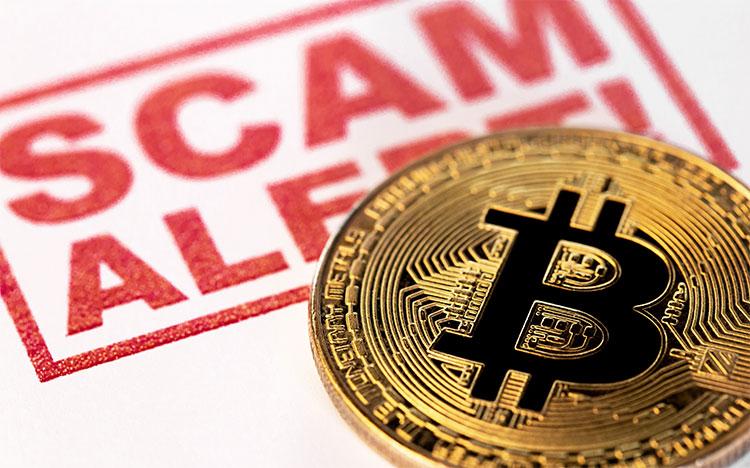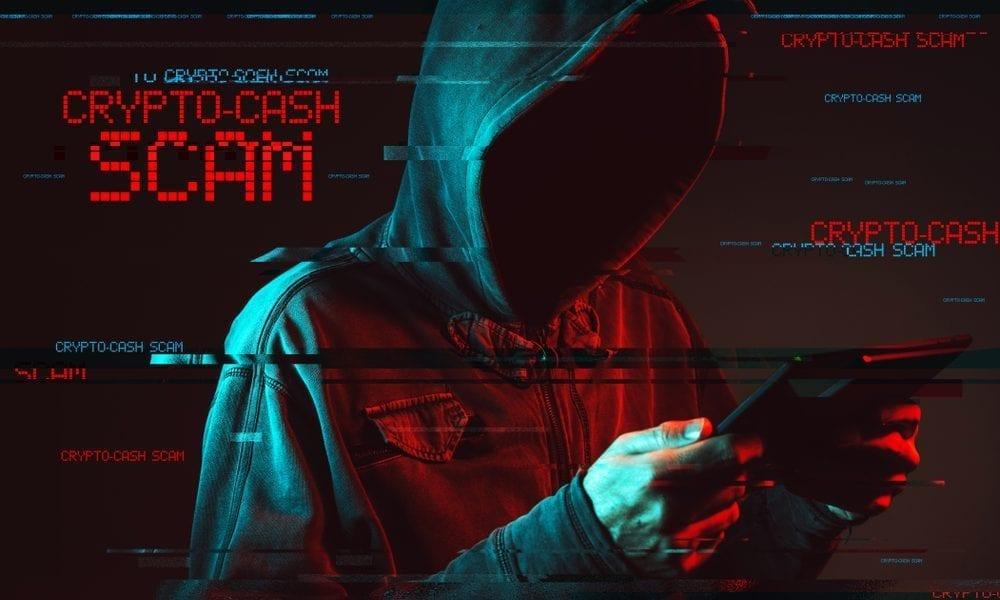In the ever-evolving world of cryptocurrency, the allure of quick riches and groundbreaking technology has captivated millions. However, along with the meteoric rise of digital currencies comes a shadowy underbelly of deception and fraud. As the market continues to swell with innovative projects and enterprising startups, so too does the influx of scams designed to exploit the unwary. But fear not; awareness is your frist line of defense.In this article, we will equip you with the vital tools and insights necessary to identify potential crypto scams before they ensnare you. By honing your instincts and understanding common warning signs, you can navigate the digital landscape with confidence, ensuring that your investments are as secure as they are promising. Join us as we delve into the telltale signs of deceit in the cryptocurrency realm and empower yourself to protect your assets in this exciting yet treacherous market.
Recognizing Red Flags: Key Signs of a Crypto Scam
When navigating the exciting yet volatile world of cryptocurrency, it’s crucial to be able to identify potential scams that can result in devastating financial losses. One of the primary indicators of a scam is unrealistic promises. If an investment opportunity claims guaranteed returns that seem too good to be true, it probably is. Be cautious of phrases like “double your investment in a week” or “risk-free returns” — legitimate investments always carry some level of risk.
Another telltale sign of a potential scam lies in the lack of clarity. Trustworthy projects typically provide clear,easily accessible facts about their team,technology,and business model. Red flags include an absence of detailed documentation, anonymous or unverified teams, and websites that lack professional design. Always ensure there is a credible source backing any investment, and verify contact information and third-party reflections to bolster trust.
| Red flag | Description |
|---|---|
| Pressure Tactics | scammers frequently enough push for quick decisions, creating a sense of urgency. |
| Unusual Payment Methods | Be wary of requests to pay in cryptocurrencies or gift cards for investments. |
| Too Much Secrecy | A lack of clear information about the operation could indicate a scam. |
Lastly, watch out for over-keen endorsements or fake testimonials. Many scams resort to using fabricated positive feedback or inflating their number of followers on social media to establish credibility. Always do your research and trust verified reviews or feedback from credible sources. By maintaining a vigilant mindset and knowing the signs, you can better defend yourself against the rising tide of crypto scams lurking in the shadows.

Understanding Common Scamming techniques in the crypto World
In the ever-evolving landscape of cryptocurrency, scammers constantly refine their methods to deceive unsuspecting individuals. One prevalent technique is the fake initial coin offering (ICO),were fraudsters promote a non-existent project to attract investments.They often create professional-looking websites and whitepapers, making their offerings appear legitimate. To spot these scams, be on the lookout for:
- Unrealistic promises of high returns
- Vague project details with little to no technical backing
- Pressure tactics to invest quickly
Another common method is known as the phishing scam, where attackers impersonate reputable exchanges or wallets to steal sensitive information. this usually occurs through deceptive emails or fake websites designed to look official. Signs of phishing attempts include:
- Suspicious URLs that don’t match the official site
- Requests for private keys or passwords
- Urgent messages demanding immediate action to resolve an issue
Lastly, Ponzi schemes thrive on the popularity of cryptocurrencies, promising consistent returns using funds from new investors to pay earlier ones. Unlike traditional investment vehicles, these schemes collapse when they cannot attract enough new participants. To identify potential Ponzi schemes, one should consider:
| Red Flag | Description |
|---|---|
| Guaranteed Returns | Promises that an investment will always yield profits, regardless of market conditions. |
| Opaque Operations | Lack of transparency regarding how investments are managed or profits generated. |
| Difficulty in Withdrawals | Struggles when attempting to withdraw funds or receive payments. |

conducting Thorough Research: Tools and Strategies for Verification
When it comes to navigating the chaotic world of cryptocurrency, equipping yourself with effective research tools is essential. Start with blockchain explorers such as Etherscan or Blockchair, which allow you to track transactions and examine wallet addresses. These tools provide a clear view of the blockchain, making it easier to verify claims about a particular token or project. Additionally,employing crypto news aggregators like CoinDesk or CoinTelegraph can help you stay updated with current events,market trends,and expert analysis. This ongoing vigilance can offer insights into possible scams that could affect your investments.
Incorporating social media monitoring can be a game-changer in identifying scams. Platforms like Twitter and Reddit are rife with discussions pertaining to cryptocurrency projects. Look for established accounts or influencers who share useful information and keep an eye on trending topics. You can also utilize review and rating websites, such as Trustpilot or CoinMarketCap’s community reviews, to gauge public opinion on specific projects or exchanges. Engaging in these platforms can definitely help you pinpoint inconsistencies and red flags that may indicate a scam.
Lastly, a simple yet effective strategy is to create a scam checklist. This checklist should include key indicators such as unrealistic promises, lack of transparency, or poorly constructed websites. Here’s a straightforward table to help illustrate this:
| Indicator | Description |
|---|---|
| Unrealistic Returns | Promises of guaranteed profits or returns that seem too good to be true. |
| Anonymous Team | Lack of identifiable team members with verifiable credentials. |
| Poor Website Quality | Website lacking professionalism, clarity, and functionality. |
| High pressure Sales Tactics | Strategies to rush investments without adequate due diligence. |
By employing these tools and strategies, you can considerably enhance your ability to conduct thorough research, thereby safeguarding yourself against the ever-evolving tactics of scammers in the crypto space.

Protecting Your Investments: Best Practices to Avoid Scams
When diving into the world of cryptocurrency, it’s crucial to equip yourself with the knowledge to protect your assets. Start by familiarizing yourself with common signs of a potential scam. Look out for schemes that promise guaranteed returns. If an investment opportunity seems too good to be true, it likely is. Always conduct your own research by checking the legitimacy of projects and the credibility of the teams behind them.
Another essential practice is to ensure that you use secure platforms for trading and storing your digital assets. Enable two-factor authentication (2FA) and never share your private keys. When selecting exchanges or wallets, prioritize those that exhibit transparency and have a solid track record. Additionally, keep an eye on the regulatory environment, as reputable services typically comply with local laws and regulations.
To further safeguard your investments, consider joining communities where experienced investors share insights and warnings about potential threats. these groups often serve as a valuable resource for identifying red flags. Here are some key indicators of scams to watch for:
| Red Flags | Description |
|---|---|
| Unsolicited Offers | Be cautious of unexpected emails or messages promoting investment opportunities. |
| High Pressure Tactics | Scammers often rush you into making quick decisions without sufficient information. |
| Lack of Transparency | Legitimate projects provide detailed information and are willing to answer questions. |
Q&A
Q&A: how to Spot a Crypto Scam Before It’s Too late
Q1: What are some common types of crypto scams I should be aware of?
A1: Crypto scams can take many forms, but some of the moast prevalent include ponzi schemes, phishing attempts, fake initial coin offerings (ICOs), and pump-and-dump schemes. Ponzi schemes lure victims with promises of high returns from investments that actually pay out earlier investors using new investors’ funds. Phishing attacks typically involve fake emails or websites that mimic legitimate exchanges or wallets to steal your sensitive information. In fake ICOs, scammers create nonexistent cryptocurrencies to solicit investments, while pump-and-dump schemes artificially inflate the price of a cryptocurrency before the scammers sell off their holdings, leaving investors with valueless assets.Q2: How can I tell if a cryptocurrency investment opportunity is legitimate?
A2: Start by doing thorough research.Check if the project has a detailed whitepaper, a transparent team, and a solid use case for the technology. Investigate the project’s online presence, including social media engagement and community discussions. if you can’t find credible information about the people behind the project, or if the community is overly hyped without substance, it may be a red flag. Additionally, look for external reviews and feedback from reputable cryptocurrency analysts and influencers.
Q3: What are some red flags to look out for when evaluating a crypto project?
A3: Watch out for promises that seem too good to be true, such as guaranteed returns with little to no risk. Be skeptical of projects that lack transparency regarding their team, technology, and financials. if a project pressures you to invest quickly or offers bonuses for bringing in new investors, that’s a warning sign. Also, look for obvious grammar and spelling errors in communications: professional companies typically pay attention to details.Q4: Are there reliable tools or resources I can use to assess the legitimacy of a crypto platform?
A4: Yes! Platforms like CoinMarketCap and CoinGecko provide data on cryptocurrency prices, trading volumes, and past performance, which can definitely help you gauge market interest. Websites like Scamwatch and the Better Business bureau offer resources for spotting scams. Additionally, resources such as CryptoCompare and Blockchain.info can help you verify the authenticity of various project wallets and transaction histories.Q5: If I suspect I have encountered a scam, what should I do?
A5: If you suspect you’ve come across a scam, it’s crucial to act quickly. Stop all interaction with the suspected scammers and do not share any personal information. Report the scam to the appropriate authorities or regulatory bodies, such as the Federal Trade Commission (FTC) in the U.S. or local law enforcement. You can also warn others by sharing your experience on social media and crypto forums to help prevent others from falling victim.
Q6: What can I do to protect myself from crypto scams in the future?
A6: Education is your first defense. Stay informed about the latest scams and techniques used by scammers. Enable two-factor authentication (2FA) on your accounts when possible, and avoid sharing your private keys or sensitive information. Use secure, reputable wallets, and don’t rush into investments. Always take the time to consult with experienced individuals or do further research before diving into new projects.
Q7: Is there anything else I should keep in mind about the crypto market to avoid scams?
A7: Yes, remember that the crypto market is largely unregulated, which means that scams can proliferate without oversight. Stay connected with trustworthy communities and forums where members share experiences and advice.It’s also beneficial to adopt a patient mindset—good investment opportunities usually require thorough examination, rather than impulsive decisions based on hype or fear of missing out (FOMO). Taking these precautions can help safeguard your investments and ensure that you navigate the crypto landscape safely.
in Summary
As you navigate the ever-evolving landscape of cryptocurrency, staying vigilant is your greatest ally. The allure of quick profits can often cloud judgment, leading even the most discerning investors astray. By arming yourself with awareness and employing the strategies outlined in this article, you can fortify your defenses against potential scams.
Remember, the world of cryptocurrency is rife with both opportunity and risk. Exercise caution, do your homework, and trust your instincts. With the right tools and knowledge at your disposal, you can protect your investments and contribute to a safer crypto community for everyone. Stay informed, stay smart, and together, let’s outsmart the scammers lurking in the shadows. Your future in crypto is shining—let’s keep it that way.
